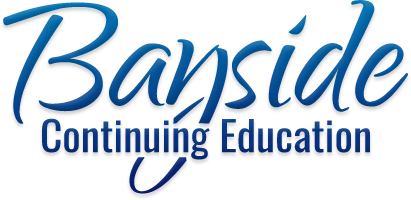We do not respond to voicemails. If we do not answer, we are on the line with another client. Please text or email us. We respond throughout the day or attempt to call again at another time.
Monitoring Sedation and Anesthesia in Dentistry
Sedation and anesthesia play a vital role in modern dental practices, providing patients with a more comfortable and anxiety-free experience during procedures. These techniques are particularly important for individuals with severe dental anxiety, low pain tolerance, or complex medical conditions that make routine dental care challenging. By offering sedation or anesthesia, dental professionals can perform more invasive or time-consuming procedures while ensuring the patient remains calm and cooperative. This not only improves the patient experience but also allows clinicians to deliver high-quality care efficiently.
However, the use of sedation and anesthesia requires a high level of vigilance from the entire dental team. Monitoring the patient continuously is crucial to ensuring their safety, as sedation can affect cardiovascular, respiratory, and central nervous system functions. Each team member must be aware of their role in monitoring vital signs, identifying potential complications, and responding promptly to changes in the patient’s condition. Proper monitoring reduces risks, enables timely interventions, and reinforces the trust patients place in the dental team to deliver safe and effective care. By prioritizing patient monitoring, dental practices uphold the highest standards of safety and excellence in care.
This course will award 4 continuing education hours.
Please see the board approval box for course approvals.Course Objectives
- Understand the role of sedation and anesthesia in enhancing patient comfort and care during dental procedures.
- Identify the responsibilities of dental team members in monitoring patients undergoing sedation or anesthesia.
- Learn the key physiological parameters to monitor and their significance in ensuring patient safety.
- Develop skills in using monitoring equipment effectively, including troubleshooting and alarm management.
- Recognize the importance of regulatory compliance and thorough documentation in sedation and anesthesia practices.
Board Approvals
National Approvals
-
 Academy of General Dentistry (AGD) (PACE)Bayside Continuing Education and Development (Nationally or Locally) Approved by PACE Program Provider for FAGD/MAGD credit. Approval does not imply acceptance by any regulatory authority or AGD endorsement. 10/01/2024 - 09/30/2026 Provider ID# 430829
Academy of General Dentistry (AGD) (PACE)Bayside Continuing Education and Development (Nationally or Locally) Approved by PACE Program Provider for FAGD/MAGD credit. Approval does not imply acceptance by any regulatory authority or AGD endorsement. 10/01/2024 - 09/30/2026 Provider ID# 430829
State Approvals
-
 Florida Board of DentistryProvider number 50-204-3
Florida Board of DentistryProvider number 50-204-3 -
 Florida Board of Dentistry-Dental LaboratoryProvider number 50-204
Florida Board of Dentistry-Dental LaboratoryProvider number 50-204 -
Georgia Board of DentistryCE Provider approved by the American Dental Association and/or the National Dental Association and/or their constituent and component/branch associations
Information
- Content Level: Intermediate
- Course Format: This course is offered as a self-paced distance learning format (reading-based online activity)
- System Requirements: This course is offered online. Internet connection required.
- Course Completion Information: To earn continuing education credit, professionals must register and pay the fee for the course. They must read the content and demonstrate understanding by earning a minimum score of 70 percent on testing materials. The certificate of completion will be able to be downloaded after the above is completed. Refunds will be granted upon request with the withdrawal of credit for the course. For questions, concerns, or to request special accommodations, please call 866-863-4225 or email ContactUs@BaysideCEU.com.
- CEBroker Course ID: 1270713
- Credit Hours: 4




